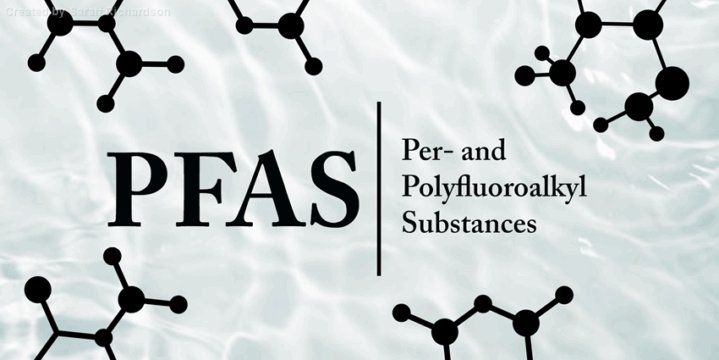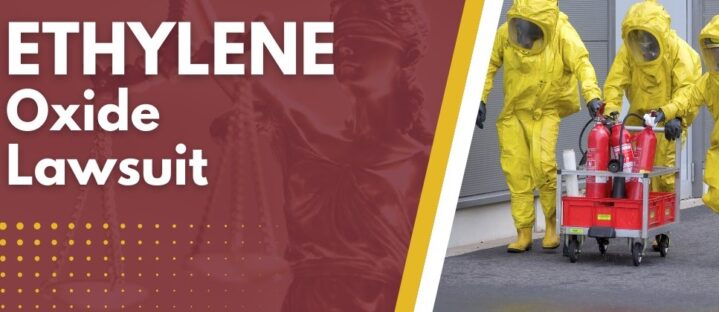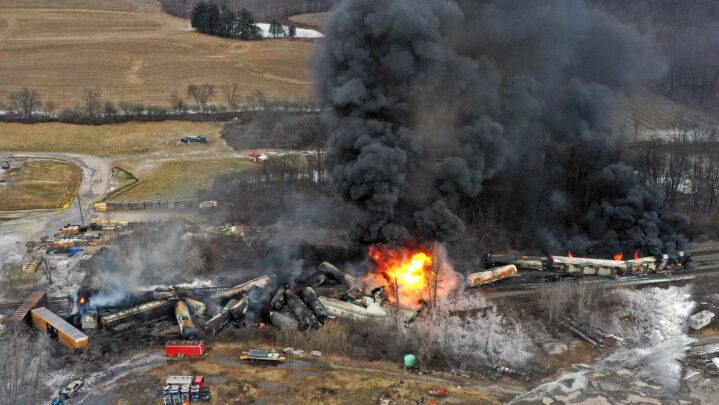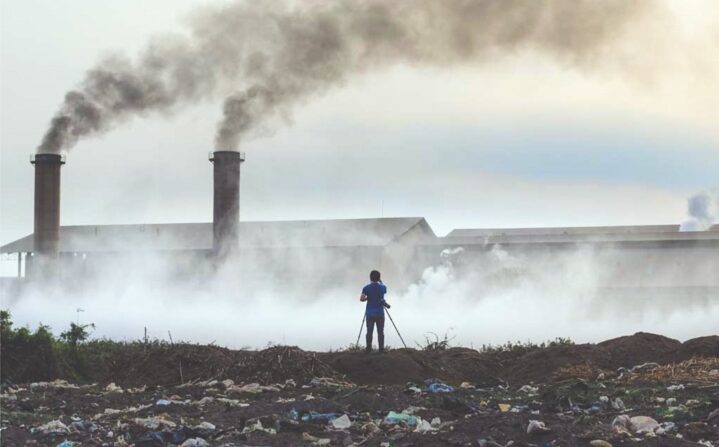Industrial pollution is no longer confined to distant factories or isolated spills. It has crept into neighborhoods, schools, and workplaces, affecting the air we breathe and the water we drink.
In recent years, several high-profile cases have emerged that expose just how deeply environmental negligence can harm public health. These incidents highlight the alarming extent to which toxic emissions can go unchecked, often until communities begin to suffer irreversible consequences.
This article explores some of these recent cases, revealing the long shadows cast by industrial activity and the need for stronger accountability.
1. The Persistent Threat of PFAS Contamination

Per- and polyfluoroalkyl substances (PFAS), widely known as “forever chemicals” due to their extreme persistence, continue to pose a significant environmental and health crisis. These synthetic compounds, used in countless consumer and industrial products for their heat, water, and oil resistance, accumulate in the human body.
Exposure to PFAS has been linked to:
- Various cancers
- Liver damage and developmental delays
- Immune system dysfunction
A lawsuit reported by The Guardian highlights ongoing PFAS pollution from the Washington Works plant in West Virginia, operated by chemical giant Chemours. The facility has been discharging PFAS waste into the Ohio River at levels exceeding permit limits, affecting around 50,000 residents of Parkersburg.
This site was central to the film Dark Waters, which depicted the long-running battle by residents against DuPont, the plant’s former owner. Despite past legal victories, the threat continues, illustrating PFAS’s persistent and dangerous legacy.
How can you avoid PFAS exposure?
- Use stainless steel or cast iron cookware instead of non-stick pans
- Drink filtered water, preferably with activated carbon filters
- Avoid fast food packaging and products with fluorinated coatings
- Check labels for PFAS-related compounds (e.g., PTFE, PFOA, PFOS)
- Choose eco-conscious personal care items free from harmful chemicals
2. Ethylene Oxide Pollution and Its Cancer Risks
Ethylene oxide (EtO) is a colorless gas primarily used to sterilize medical equipment. It is also used in the manufacture of chemicals found in products like antifreeze, plastics, textiles, adhesives, and detergents.
According to the FDA, about 50% of sterile medical devices, roughly 20 billion each year, are treated with EtO. It is also used to sterilize certain food items such as spices, dried herbs, and nuts. While essential in some industries, EtO’s environmental release poses grave risks to public health.
While vital in some processes, EtO’s release into the environment presents serious health hazards.
Long-term exposure to EtO has been linked to:
- Breast cancer
- Leukemia and lymphoma
- Respiratory problems and other chronic illnesses
Communities near sterilization plants have reported cancer clusters and respiratory issues tied to EtO emissions. In response, a wave of the ethylene oxide lawsuit has emerged.

According to TorHoerman Law, the lawsuit targets Sterigenics and others for allegedly exposing residents and workers to dangerous EtO levels. These lawsuits have prompted tighter regulations, facility closures, and increased awareness of the chemical’s invisible yet deadly reach.
Can you smell ethylene oxide?
- Generally no—EtO has a sweet odor, but only at very high concentrations
- Silent exposure risk exists in industries using EtO frequently
- High-risk jobs include sterilization technicians and chemical plant workers
3. Toxic Release from the East Palestine Train Derailment

A Norfolk Southern freight train, laden with hazardous materials, derailed in East Palestine, Ohio, in February 2023. The incident led to a massive fire and the release of dangerous chemicals, most notably vinyl chloride, a known human carcinogen. In an attempt to avoid an explosion, officials conducted a “controlled burn,” which sent a toxic plume into the air.
Residents reported:
- Nausea and headaches
- Skin rashes and respiratory issues
- Lingering health concerns (cancer risks and chronic health issues)
The derailment also led to documented soil and water contamination, raising alarms about its environmental toll.
Norfolk Southern is facing mounting legal challenges, including class-action and wrongful death lawsuits. According to CNN, the first deaths allegedly linked to the disaster were cited in a new lawsuit filed just before the second anniversary.
Plaintiffs claim the railroad and its contractors mishandled the cleanup, with federal agencies allegedly failing to alert residents about serious health risks. The tragedy has reignited urgent calls for stricter transportation safety and environmental regulations.
4. Lead Contamination from Industrial Sources
Lead poisoning is often blamed on old buildings and infrastructure—but industrial pollution plays a major role too. Communities near smelters, e-waste recycling processes such as open burning, and battery recycling plants face ongoing, invisible exposure.
According to the World Health Organization (WHO):
- No safe level of lead exposure exists
- Children and pregnant women are especially vulnerable
- Informal recycling operations are key contributors, especially in urban zones
In 2022, 62 million tonnes of e-waste were generated globally, with just 22.3% properly collected or recycled. The remaining waste is often handled through open-air burning or unregulated methods—a major driver of toxic lead emissions.
How do you detect lead contamination?
- Soil, water, and paint testing (lab-based or at-home kits)
- Blood tests to confirm internal exposure
- X-ray fluorescence (XRF) analyzers for instant, non-destructive detection
5. Mercury Emissions from Industrial Plants Still a Global Concern
While regulations have reduced mercury use in many regions, mercury emissions from industrial sources remain a major global issue—especially in developing economies. Coal-fired power plants, metal production, and cement manufacturing release mercury into the atmosphere, where it can travel long distances and settle into ecosystems.
Once in the environment, mercury transforms into methylmercury, a neurotoxin that accumulates in fish and shellfish. Consumption of contaminated seafood is the primary route of human exposure, and it poses a heightened risk to pregnant women and young children, affecting brain development and cognitive function.
Key facts about mercury exposure:
- No level of mercury is considered safe for prenatal development
- Artisanal gold mining is the largest single source of mercury pollution today
- The Minamata Convention is an international treaty aimed at reducing global mercury emissions
Despite international efforts, many regions lack the infrastructure or political will to monitor and control mercury emissions effectively. This highlights the need for global cooperation and enforcement mechanisms to address one of the most persistent toxic threats in the industrial era.
The Path Forward

These incidents and recent cases—from PFAS to East Palestine—paint a grim picture of industrial pollution’s reach into our everyday lives. These are not isolated incidents. They represent systemic failures in regulation, oversight, and corporate responsibility.
Communities are fighting back—through lawsuits, advocacy, and local action. But the scale of the threat demands broader reform:
- Stronger federal and international regulations
- Transparent chemical disclosures
- Mandatory cleanup standards
- Real-time air and water quality monitoring
Until industries are held fully accountable, public health will remain at risk. These cautionary tales are calls to action—for governments, businesses, and individuals alike.
